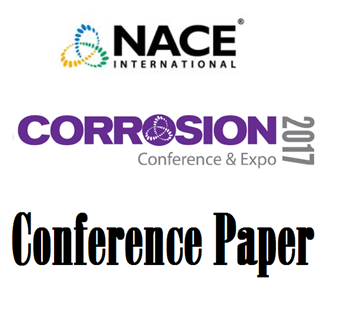Search
Products tagged with 'molten salt'
View as
Sort by
Display
per page
51318-11182-Effects of Pre-Oxidiation and Carburization on Corrosion in Molten Fluoride Salts
Product Number:
51318-11182-SG
Publication Date:
2018
$20.00
Corrosion of Ni-Based Alloys and Stainless Steels in Molten Fluoride Salts for Gen IV Reactors
Product Number:
51317--9132-SG
ISBN:
9132 2017 CP
Publication Date:
2017
$20.00
Development And Application Of A Thermochemical Database (MSTDB-TC) To Modeling Corrosion In Molten Salt Reactors
Product Number:
ED22-17137-SG
Publication Date:
2022
$20.00



